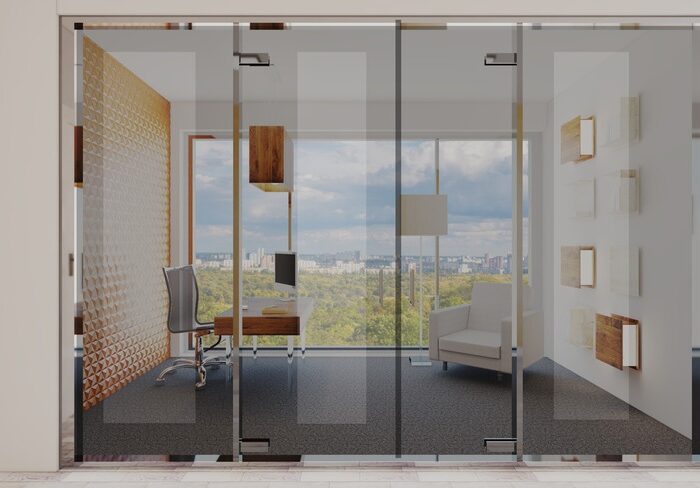Advancements in printing technology have revolutionized the way businesses and hobbyists operate. The transition from traditional printers to UV printers has unlocked a realm of new possibilities, enhancing efficiency, reducing costs, and elevating the quality of printing projects. UV printers utilize ultraviolet light to instantly dry inks, allowing for faster production speeds and improved durability.
Moreover, the ability to print on a wider range of materials, including glass, metal, and plastic, expands creative options for various industries. Embracing UV printing technology can lead to enhanced productivity, increased creativity, and a competitive edge in the ever-evolving market landscape.
What is UV Printing?
UV printers employ ultraviolet light to cure or dry the ink as soon as it hits the paper or substrate. Unlike traditional printers, which use solvents to embed ink into materials, UV printing offers instant drying time, greater material compatibility, and long-lasting prints.
Assess Your Needs
Before investing in a UV printer, examining the type of projects you handle is key. If your workload entails large-format prints, detailed graphics, or printing on diverse materials, an upgrade might be necessary. Reflect on the scale of production – are you aiming for small-scale boutique items or large industrial runs?
Quality Improvement
If you’re seeking sharper details and more vibrant colors in your prints, a UV printer might be your solution. The quality of prints produced with UV technology is often superior to that of regular inkjet prints, especially for graphic-intensive designs.
Increased Material Range
One of the major advantages of UV printers is their versatility in printing on various materials. If your projects demand printing on substrates like plastic, glass, or metal, a switch to UV printing technology can expand your creative and business opportunities.
Enhanced Durability
The durability of UV-printed materials is notable. These prints are resistant to fading, scratching, and weather elements, making them ideal for both indoor and outdoor applications. If longevity is crucial for your products, upgrading could be a smart move.
Consider the unique abilities that specialized UV printers bring to the table, such as printing with textured effects or incorporating unique inks. For specialty jobs, such as using edible ink printer technology for custom confectionery designs, the upgrade is almost indispensable.
Speed and Productivity
UV printers are renowned for their speed, not only because of the instant drying inks but also due to advanced printing technology that can handle high-volume jobs efficiently. This could considerably reduce turn-around times and boost productivity.
Economic Considerations
-
Evaluate the upfront costs against long-term savings; UV printers can be more cost-effective due to less waste and lower running costs.
-
Examine the reduction in materials and ink expenses, which contribute to the overall ROI.
-
Consider the costs saved from the durability of UV prints that reduce the need for replacements and reprints.
The switch to UV printing not only affects productivity but also has environmental benefits. UV inks are more eco-friendly since they don’t contain solvents that release volatile organic compounds (VOCs) into the atmosphere.
Technological Advances
As technology progresses, printers evolve, offering new features that may significantly impact productivity and creativity. One such advancement is the rotary UV printer, which can print on cylindrical and oddly shaped objects, presenting fresh possibilities in product customization.
Ease of Use
Choosing to upgrade to a more contemporary UV printer requires careful thought about how simple it is to use. Many newer models of UV printers have been designed with the user in mind, making them more accessible and easier to handle. The designers of these printers have put in great effort to create an experience that is less complicated and more intuitive for the person operating the machine.
A feature that stands out in modern UV printers is their user-friendly interfaces. These interfaces often feature screens that display clear instructions and buttons that are easy to navigate. The goal is to reduce the amount of complexity so that the person using the printer can do so with confidence and ease, even if they are not deeply familiar with printing technology.
Future-Proofing Business
Envision where you want your business or hobby to go. Upgrading to a UV printer can prepare you for future demands and client expectations, keeping you one step ahead in a competitive market. Are you interested in creating custom wooden signs, art pieces, or furniture? Adopting the best UV printer for wood could be a game-changer, providing high-quality prints that integrate seamlessly with the wood’s texture.
Another benefit of the latest UV printers is that they require less input and adjustment from the user. This translates to a print workflow that is more streamlined and efficient, with fewer steps needed to go from starting the machine to producing the final print. Such advancements can lead to a significant reduction in the time and effort required to train employees on the operation of these printers, making it a more straightforward process.
To End
Staying ahead in the fast-paced world of printing technology can be daunting, yet knowing when to upgrade from a regular to a UV printer is crucial. Such an upgrade can be a strategic move, empowering you to produce high-quality, durable prints on a multitude of substrates with improved speed and efficiency.




